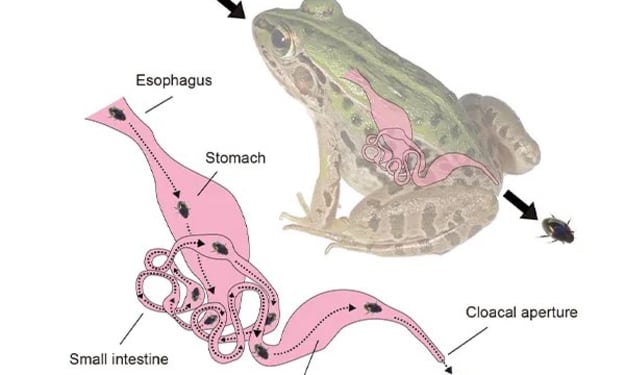How to Communicate with Your Cat
Ever wonder what your cat's body language actually means? In this article, we'll discuss the common meanings of your very intelligent cat's body language, and how to interact with them better.

Are you a cat person looking for ways to understand your cat better and knowing what they're feeling at certain moments? If so, you definitely are the perfect candidate to read this article!
You are one of the many people in this world who absolutely think cats are the best and are very intelligent, confident, and independent creatures! But if you have a furry cat friend, or a hairless cat friend, you should probably know how to understand the signs that they give off through their body language. It is an important step to understanding how your furry friend feels about you and their surroundings! Use this guide to gain more knowledge on how cats can show you what they're feeling without saying it directly.
Without further chat, let's begin!
Your cat's tail: what does it tell?
Your cat's language is shown through its whole body. Here's what certain tail actions mean:
- When the cat's tail is up: this means that your cat is feeling well and is happy, cheerful, and will most likely allow you to show affection towards them.
- When your cat's tail is down: your cat may be feeling scared or frightened.
- Tail moving rapidly back and forth: your cat is most likely feeling agitated and wants to be left alone.
- Tail moving slowly back and forth: the cat is unsure about how to feel and is trying to figure it out.
- When the cat's tail is puffy: your cat is not in a good mood or is feeling intimidated and wants to look bigger than it usually appears to be.
The ears: what does it say?
Many cats also use their ears to try and get their feelings across. Here's some "definitions" to what their ear actions or stances may mean!
- Their ears are forward, normal looking: they are feeling content or playful.
- Ears are straight up and down: they are alert.
- Ears turned sideways or backwards: the cat feels irritated and probably wants to be left alone.
- Their ears are flat and touching the back of their head: the cat is feeling scared or defensive.
Their eyes: I don't understand!
Your cat, most likely will use their eyes as well to communicate with you, so here's some things you can look for!
- Large pupils/dilated pupils: the cat is surprised, or intimidated.
- Constricted Pupils: your cat is tense or feeling agitated over something.
- When your cat is staring at you: it is challenging you.
- Slow Blinking: Your cat feels safe, comfortable, and they trust you.
- Half-Closed Eyes: Your cat is tired and relaxed. They also trust you, as well.
Now they're vocalizing. What does it mean?
There are certain sounds your cat may make. Just a simple meow may mean a lot of different things! Here's some of the things your cat may be trying to say:
- Purring: your furever friend is content, happy, and feeling relaxed. It also may mean that they are feeling anxious or feeling under-the-weather.
- A Yowl or Howl: your cat is in some type of situation that they can't get themselves out of, and they are signaling for your help. It also may indicate a "mating call" if your cat is not fixed.
- Growling, Hissing, or Spitting: your cat is angry, annoyed, frightened, or just upset. It's best to leave a cat who is doing this alone.
There are a few definitions for what your cat is trying to say or express.
Here's some questions that people have about cats:
What does it mean when my cat rubs their head against me or furniture?
It usually means that they are marking their territory and saying, "You're mine." It also could mean that they are in a good mood and want attention.
Why does my cat like to rub on soft blankets?
Your cat does this because it is something they did as a kitten, and soft blankets remind them of when they were nursing on their mommy-cat.
Why does my cat open her/his mouth slightly when smelling things?
Your cat is opening their mouth slightly to get a better sense of the smell that they're trying to process. Opening their mouth allows the Jacobson's organ to allow them to get a better scent description of the item they're smelling.
I hope this article helps you interact better with your cat and helps you understand how they're feeling! Have a "meowific" day!
About the Creator
Enjoyed the story? Support the Creator.
Subscribe for free to receive all their stories in your feed. You could also pledge your support or give them a one-off tip, letting them know you appreciate their work.






Comments
There are no comments for this story
Be the first to respond and start the conversation.